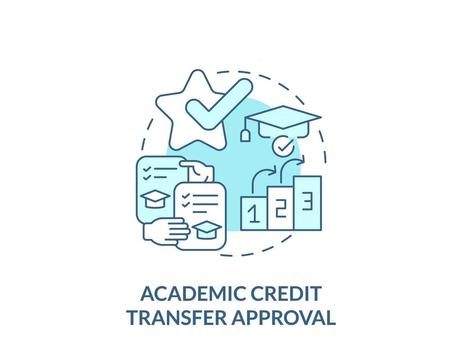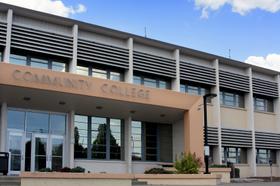Many high school students go directly from high school to community colleges to begin their higher education. Many of these students still live with their parents for financial or other reasons. Many parents of these traditional students want to help their children transition from secondary school to college. This article discusses the instrumental role parents can play in encouraging a young student to move from high school into community college. The article contains tips for parents seeking to be supportive and suggests questions parents can ask to demonstrate their interest. Using these tips and suggestions, parents can support a child in community college without jeopardizing the child's new independence and responsibility as a college student.
Background
According to the latest statistics compiled by the American Association of Community Colleges, 43 percent of community college students are 21 or younger. Some are traditional students or students who proceeded directly from high school to college. Some traditional students attend community college to avoid the rising tuition costs at public and private four-year institutions. Some students are not ready to leave home and prefer to stay with or near their parents for the first two years of college. Unlike older students, traditional students may not have the maturity and savvy to enter a new environment.
Parents as "First Responders" When Community College Students Need Help
There is a well-founded concern about the low retention rate at community colleges. Students are likelier to drop out without interacting with other students, professors, and





















